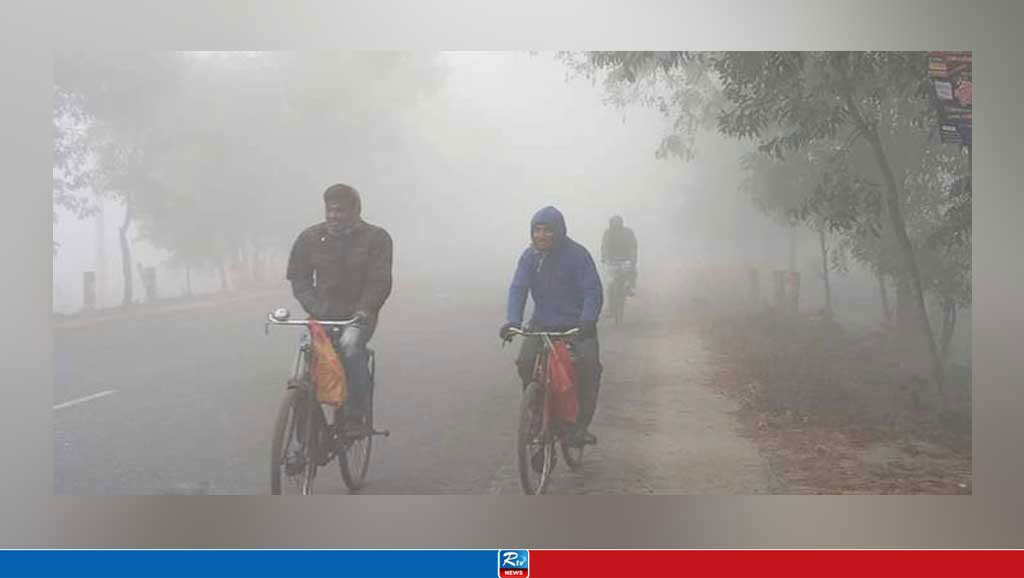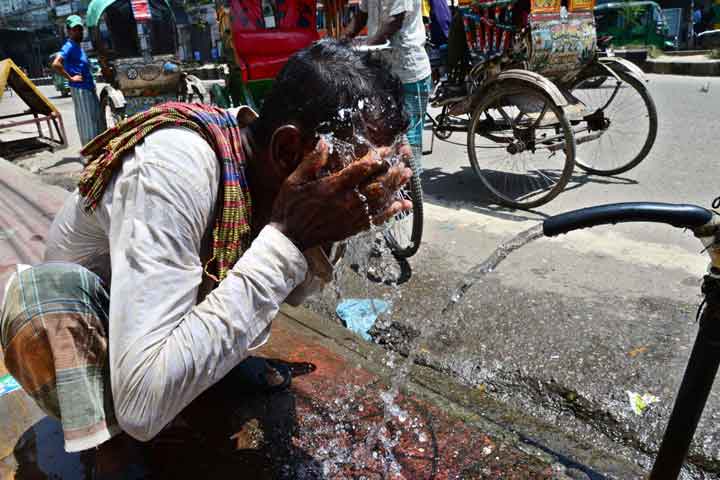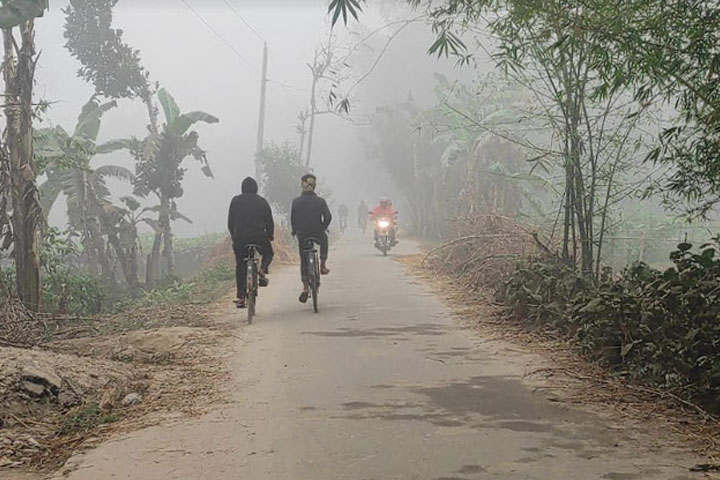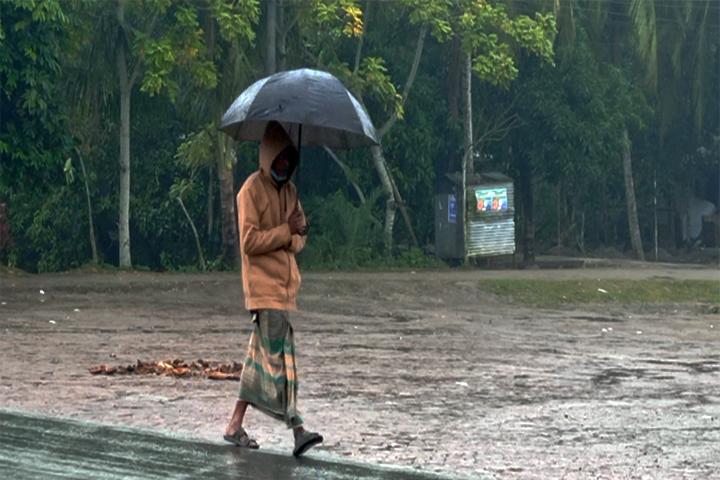Sea surface temperature hotter than ever before
At first glance, the news published by the EU's Copernicus Climate Change Service (C3S) is disturbing: On July 31, 2023, the average temperature of the global ocean surface was exactly 20.9648 degrees Celsius (69.73664 degrees Fahrenheit), above the previous record set in 2016.
However, compared to 2016, this is only an extremely small increase of exactly 0.0188 degrees. Back then, the highest value was 20.95 degrees Celsius (if rounded up).
So is the new temperature record actually just much ado about nothing? Unfortunately not because it fits in with the general trend this year — a trend that is consistently pointing upwards.
World's oceans getting warmer and warmer
Since April, the global average daily surface temperature of the Earth's oceans (excluding the polar regions) has remained at record levels, which is simply far too warm for the time of year. For example, according to Copernicus analyses, daily average maritime temperatures had already reached 20.94 degrees Celsius on July 19.
In addition, record surface water temperatures have persisted in the North Atlantic. In June, they averaged 0.91 degrees Celsius, the warmest of any Copernicus record for that period.
And according to data from the US National Oceanographic and Atmospheric Administration (NOAA), preliminary measurements show the sea surface in the North Atlantic actually reached an all-time high temperature of 24.9 degrees Celsius during the last week of July this year.
NOAA scientist Xungang Yin told the AFP news agency that sea surface temperatures are expected to "continue to rise in August." Normally, the North Atlantic reaches its maximum temperature in early September, according to the NOAA.
Highest category of heatwave in the North Atlantic
In June, the North Atlantic was already experiencing a maritime heatwave of the highest category, explained Samantha Burgess of C3S in an interview with DW. One can assume that this will lead to a further large-scale fish deaths. There was also a risk of more storms forming in the North Atlantic, she added.
"The ocean has absorbed 90% of the excess heat from extra greenhouse gases in the atmosphere," Burgess told DW. "The ocean is the proverbial enormous sponge that soaks up this extra heat when it gets hotter than what we have seen in the past."
This situation is extreme. "We've seen maritime heatwaves before, but this is very persistent and spread out over a large surface area" in the North Atlantic, Karina von Schuckmann of the Mercator Ocean International research center told AFP.
Record temperatures in the Mediterranean Sea
Water temperatures in the Mediterranean Sea also broke records this year. For example, Spanish researchers reported at the end of July that the daily mean sea surface temperature was 28.71 degrees Celsius.
The Mediterranean region, which experienced record heatwaves in July, has long been considered a climate change hotspot.
"Temperatures in the ocean are an absolute master switch," said Thorsten Reusch, a biologist at the Geomar Helmholtz Centre for Ocean Research. The smallest changes could shake up the global climate system. "What we are seeing now is beyond any previously recorded water temperatures. That is definitely remarkable and alarming."
The high ocean surface temperatures also coincide with the development of El Nino conditions, a period of warmer-than-average sea surface temperature values in the tropical Pacific. This naturally occurring climate pattern, which began on July 4 according to the World Meteorological Organization (WMO), results in a higher likelihood of extreme heat in many regions and in the ocean.
A taste of what's to come
In general, this year's July was accompanied by extremes and records. According to UN figures, it is most likely the hottest month since weather records began and probably has seen temperatures "unprecedented" for thousands of years.
In particular, parts of Europe, Asia and North America were hit by heatwaves and devastating wildfires. These extreme weather occurances were simply a taste of what is to come for the world's climate, warned the WMO and the EU's C3S observation program.
"Man-made emissions are ultimately the main cause of this temperature rise," says Carlo Buontempo, director of C3S.
Science has shown that weather extremes such as heatwaves are increasing in intensity and frequency as a result of global climate change. The Earth has already warmed by about 1.2 degrees Celsius since the beginning of the industrial age.
The Paris climate agreement aims to limit warming to well below two degrees, but preferably to 1.5 degrees. As it stands now, however, the Earth is heading for a dangerous warming of about four degrees.
05 Aug 2023,10:09




















 Live Tv
Live Tv









